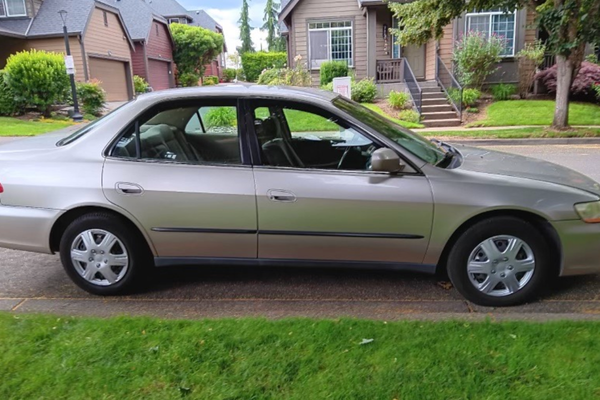Knife crime in London has increased by nine per cent in the last year, with the capital now accounting for almost a third of all knife attacks in England and Wales.
A total of 16,344 knife crimes were recorded by the Met police and City of London police in the 12 months to March, compared with 14,939 in the previous year.
It meant that 13 per cent of all serious crime in London included the use of a knife, including 57 murders and 71 attempted murders.
More than 10,000 robberies in the capital involved the attacker using a knife either to threaten or inflict a wound.
The rise in knife crime was seized on by critics of mayor Sadiq Khan , who holds the role of police and crime commissioner for London.
It also comes as police officer numbers are to be slashed by 1,700 and half of police counters could close to save money.
The latest figures, published by the Office for National Statistics on Thursday, also revealed a 53 per cent increase in shoplifting in the capital.
Total recorded crime in London was 951,803 offences.
Homicide was down nine per cent to 104 killings (from 114 the previous year), violence against the person was down six per cent and residential burglary was down 10 per cent.
But theft was up 28 per cent, though reported bike theft decreased three per cent to 15,766 cases - though this is likely to be an underestimate due to many bike thefts not being reported.
City Hall said there had been progress on tackling violent crime, with the violence with injury rate reducing in London at a greater rate than across England and Wales.
In addition, there was a six per cent reduction in violence against the person offences recorded by the Met.
But Susan Hall , leader of the City Hall Conservatives, said: “"We are in the middle of a harrowing crime wave in the capital - which Khan has let get so out of control that a third knife crimes are in London - and he still won't find the money to fund our police officers who are stretched to their limits and facing cuts.
“Khan may not have been mugged or had his phone stolen but thousands of Londoners have, and my blood boils that he sits back and does nothing to prevent it. Beyond disgraceful."
A spokesperson for Sir Sadiq said the number of young people being injured with a knife, homicides, gun crime with lethal barrel discharges and burglary were all down since he was first elected in 2016.
“The latest ONS figures show that violence with injury in London reduced by 18 per cent in the 12 months to March, and that Londoners remain less likely to be a victim of violence resulting in injury than across the rest of England and Wales. But there is clearly still more work to do," the spokesperson said.
London was well above the national average for the number of crimes per 1,000 residents – a rate of 106.4 – but slightly safer than Greater Manchester, which had a rate of 108.2 crimes per 1,000 residents.
There was a two per cent increase in knife crime in Greater Manchester (to 3,398 offences) but a 15 per cent decrease recorded by West Midlands Police (to 4,469 offences).
Met Deputy Commissioner Matt Jukes said: “Our intelligence and data-led approach to tackle the crimes that matter most to Londoners – such as shoplifting, robbery and anti-social behaviour – is already working.
“We’re arresting 1,000 more criminals each month, neighbourhood crime is down 19 per cent and we’ve solved 163 per cent more shoplifting cases this year.
“In 32 of the hardest hit areas, we’re working with the community, councils, businesses and partners, to focus our resources and bear down on prolific offenders and gangs who blight too many neighbourhoods across the capital.”
Across England and Wales, total crime was up seven per cent to 9.4 million incidents in the 12 months to March this year, compared with the previous year.
The increase was driven by a 31 per cent increase in fraud to 4.2 million incidents.
This includes theft, robbery, criminal damage, fraud, computer misuse, and violence with or without injury.
The ONS crime survey is separate to crime recorded by police, and can be better at spotting general trends in crime.
Police data can provide greater insight into lower-volume, higher-harm offences.
This revealed that, across England and Wales, the number of homicides decreased by six per cent (from 567 to 535 offences), the lowest since 2014.
Offences involving knives or sharp instruments decreased by one per cent (to 53,047 offences)
Shoplifting offences rose by 20 per cent (from 444,022 to 530,643 offences) - the highest figure since current records began in 2003.
ONS spokesman Billy Gazard said: “The increase we’ve seen in crime estimated by our survey has been mainly driven by fraud, specifically bank and credit account fraud, and retail and consumer fraud.
“Both have risen sharply over the past 12 months and, overall, the number of fraud incidents is at the highest since it was first reported on the survey in 2017.
“Police recorded crime paints a mixed picture. While homicide, and offences involving knives and guns, declined nationally, there were variations across police forces. Meanwhile, the number of recorded shoplifting offences continues to rise.”







